Belize: Hopkins
प्रकाशित: 16.02.2018
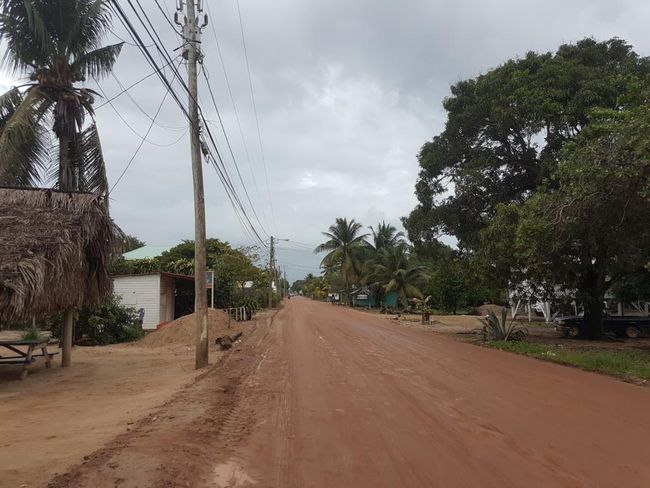
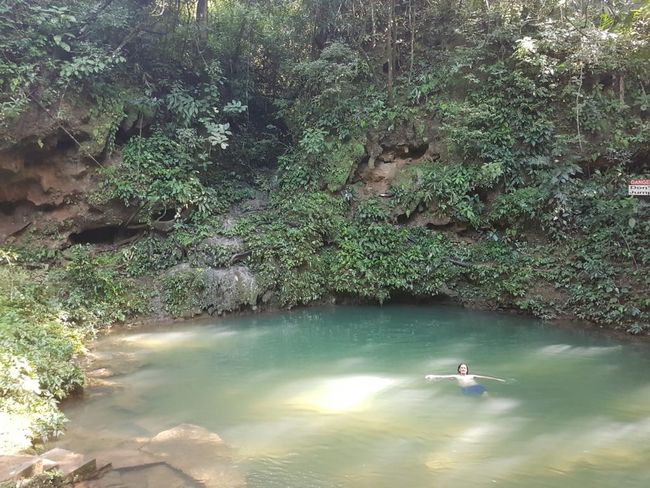
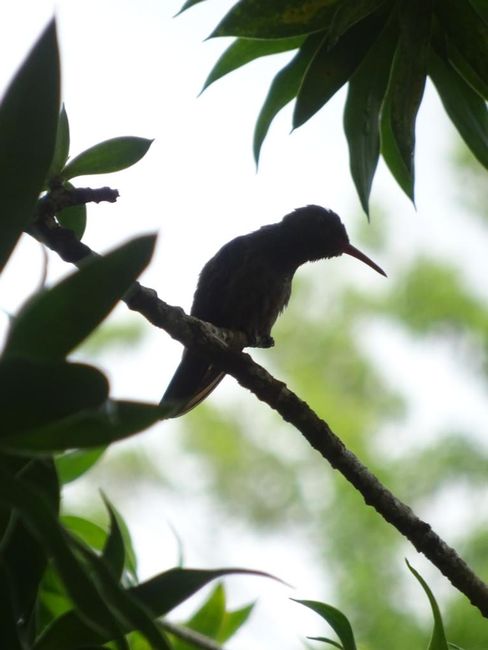
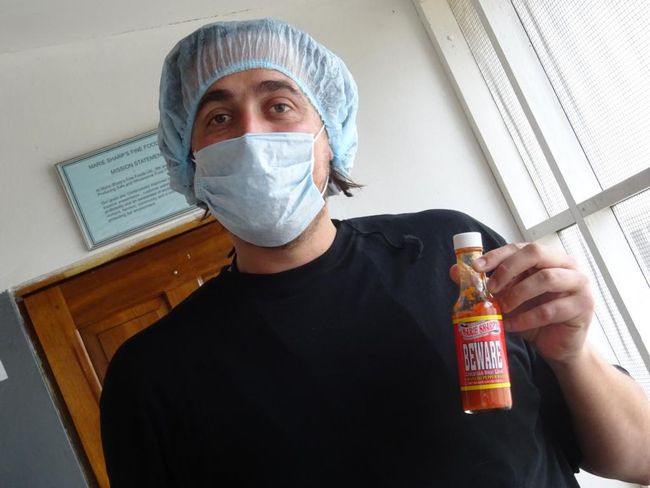
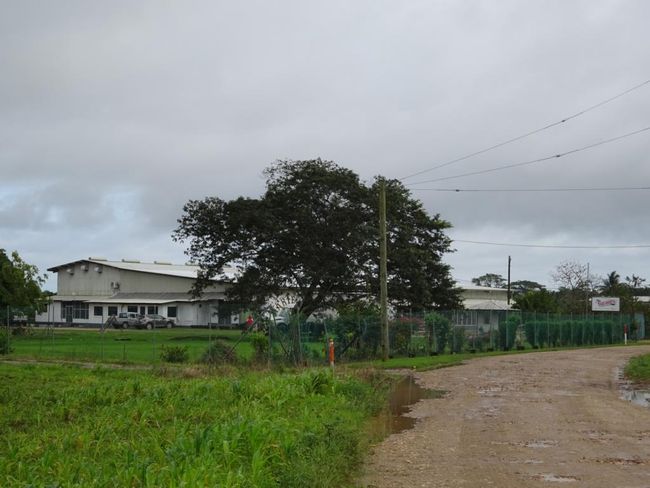
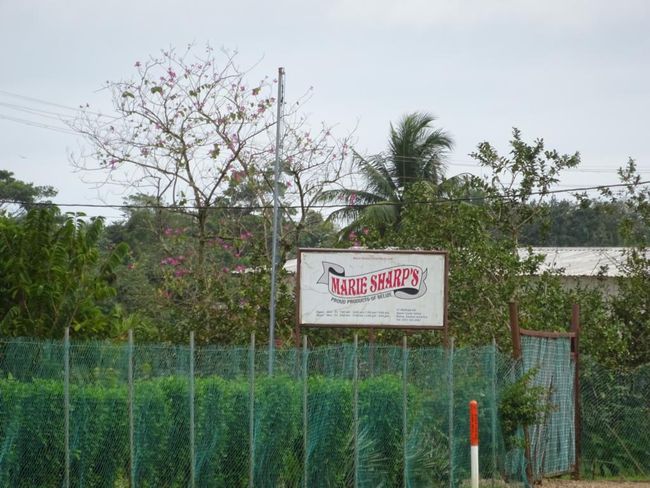
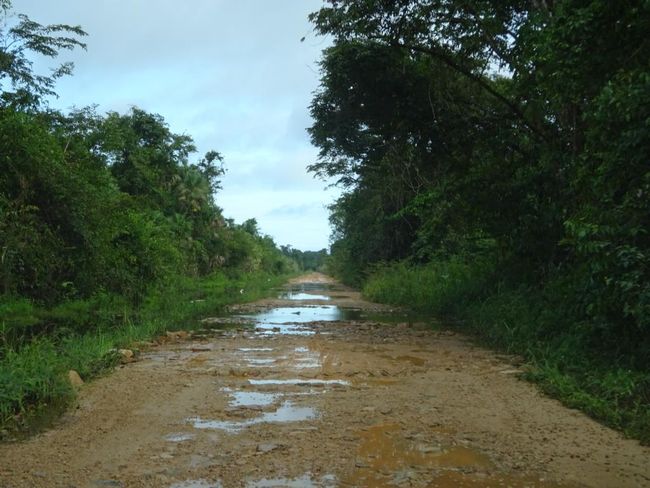
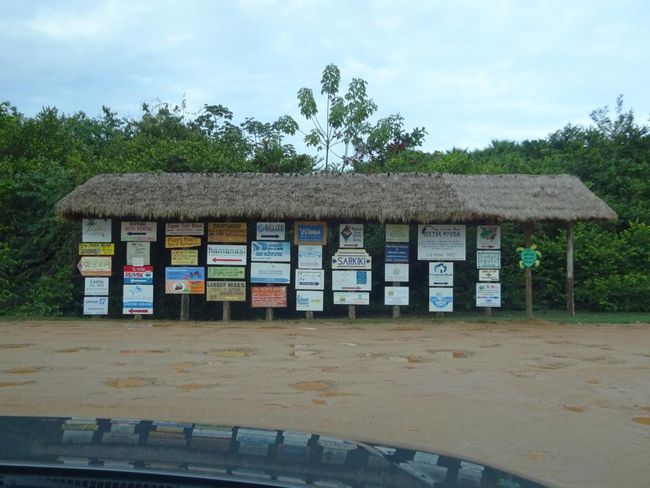
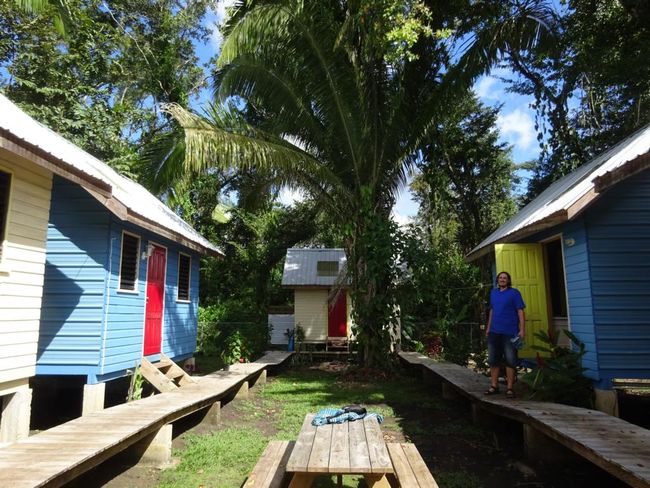
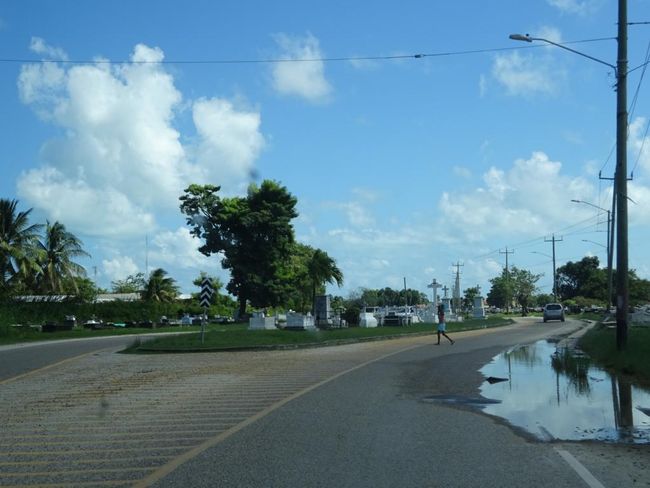
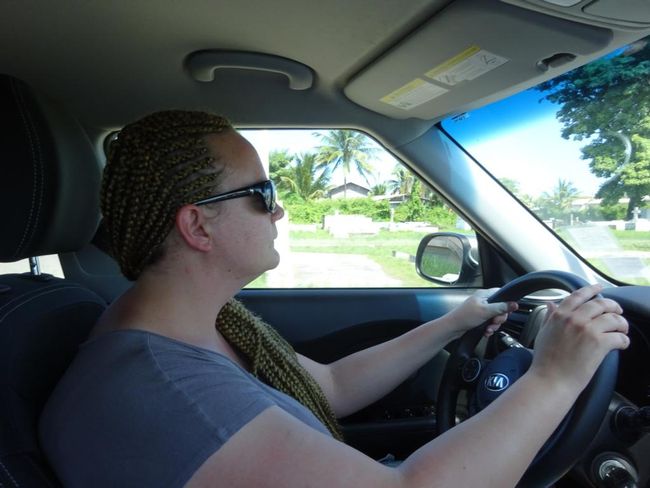

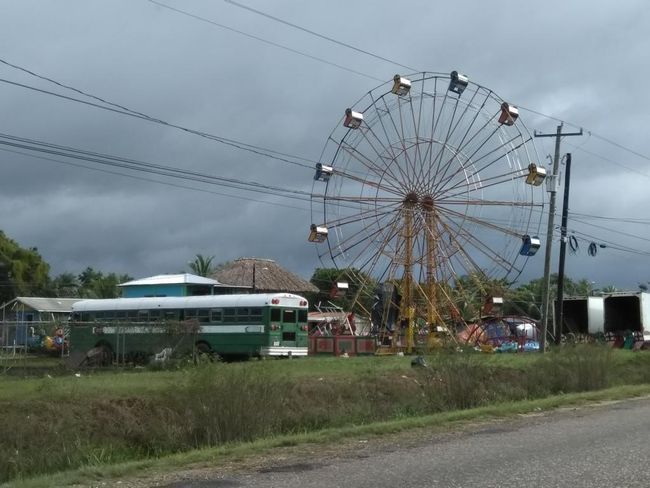
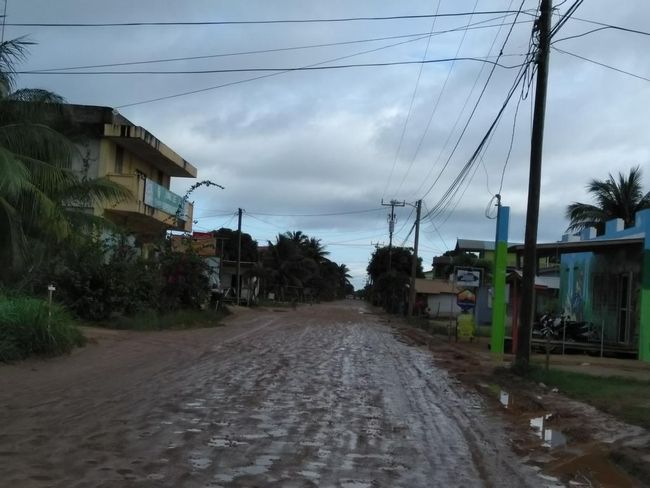
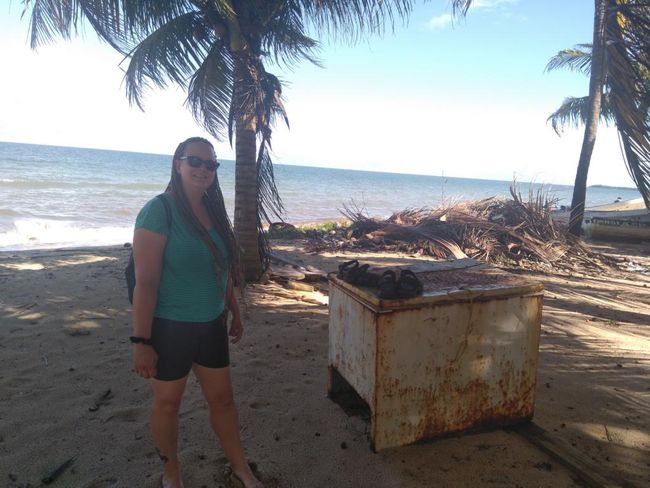
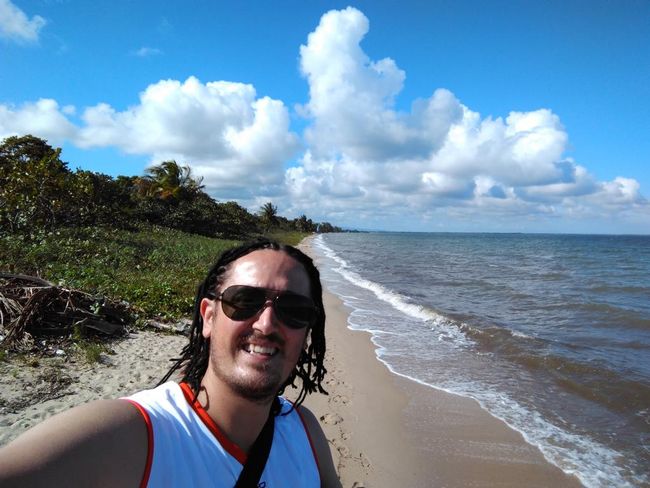
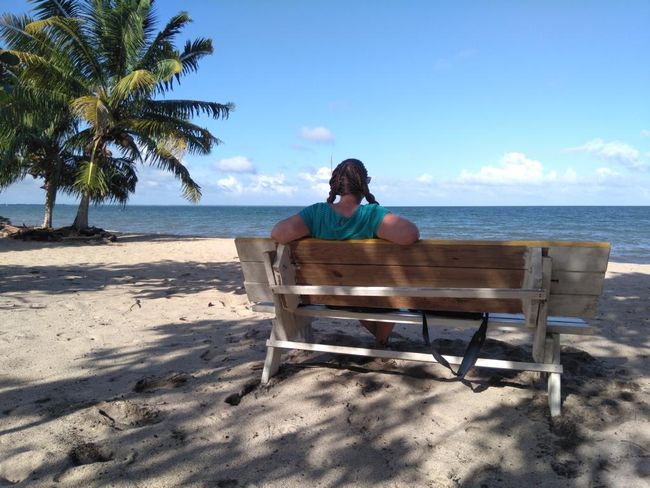
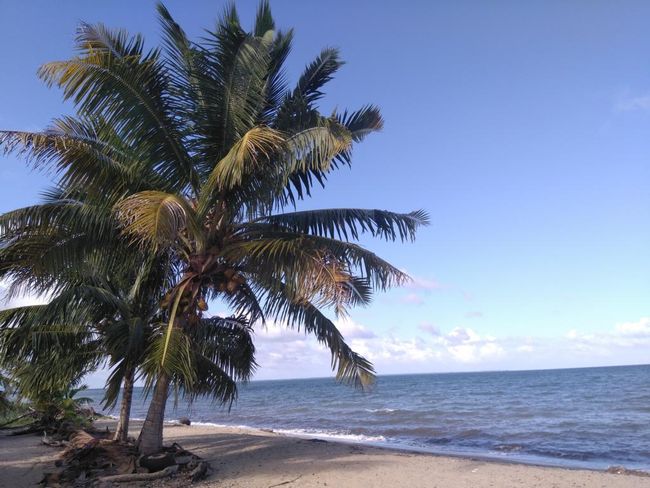

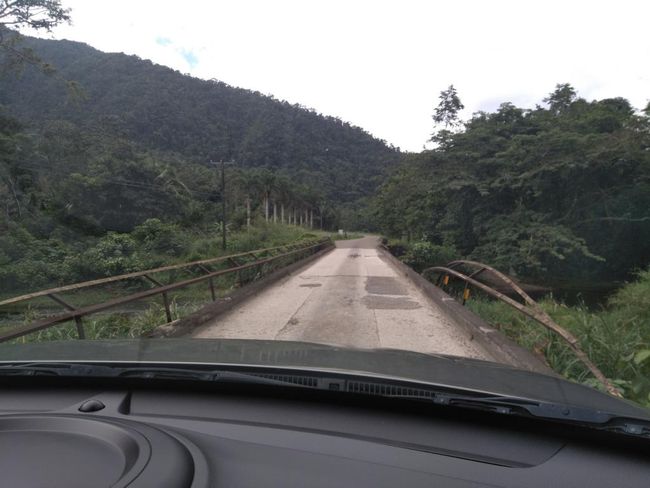
समाचारपत्रको सदस्यता लिनुहोस्
On the way to Hopkins, we visited the Marie Sharps Factory in Dangriga. Here, hot sauces made from Habanero Pepper are produced, which can be found everywhere in Belize and also in neighboring countries. Almost every table in every restaurant has at least one bottle of hot sauce from Marie Sharp.
Marie started producing the sauces in 1980 and has gained a superior position in the market compared to all competing products. The sauces are also exported worldwide, including Europe.
Nowadays, many different sauces are produced, which differ mainly in their level of spiciness, but there are even flavors based on fruits, sweet and spicy. The newest development is a mango-based sauce. However, it is already so popular shortly after its market launch that it is sold out everywhere. And at the moment there are not enough mangoes available to produce more, so it will only be available again in about half a year. The hottest sauce on offer is called "Beware", which means "Nimm dich in Acht" in German.
You can simply drive to the factory without an appointment and take a short tour of the factory. Unfortunately, it is not allowed to take photos inside. Afterwards, you can try all flavors, and one thing we can say: the Beware sauce really deserves its name! And: the mango sauce is really damn tasty. We were actually able to buy a small bottle from the secret reserve of the factory shop to take home. Of course, you can buy all varieties in the factory shop, and at a price that is about half as cheap as in the regular supermarket.
92 people are employed in the factory, mostly women, as Marie Sharp wants to offer better opportunities to women in particular. Marie herself is now 77 years old and still comes to the factory to work every day. Every important decision, every new flavor, everything has to be approved by her personally. There are also no succession problems, as her entire family is employed in the factory. She also refrains from full automation in order to be able to provide jobs. Only some processes are automated, such as bottling. In one working day (9h shift), 2700 boxes of 12 bottles each can be produced. More or less surprisingly, all necessary vegetables and also the empty bottles have to be imported from Mexico, mainly for quality reasons (and I suspect because of the generally prevailing inefficiency). Only the Habanero Peppers are grown in Belize. The factory consumes 1 million pounds of peppers per year. 30% of them are grown by the company itself, 70% are bought from local farmers at a price of 1 Belize Dollar per pound (0.5 USD). I am assuming, quite freely, that this factory probably, apart from the marijuana industry of course, makes one of the larger contributions to the Belizean GDP.
The visit to the factory was in any case very interesting and a welcome change from the Maya ruins.
Afterwards we continued to Hopkins. However, as soon as we arrived in the vicinity of Hopkins, this activity could no longer be described as driving. Instead, we bumped through the town. Actually, we would have been much faster on foot. Originally, we had planned to drive down to the river, but we gave up this endeavor halfway and turned back. The huge craters filled with water on the sandy ground could not even be called potholes anymore, it took us about 40 minutes to bump back the 2 km into town.
Hopkins is a sleepy village with streets or crater landscapes made of sand right by the sea. The tourists, who surprisingly were plentiful, happily bumped through the streets with golf carts and thought it was great there. We not necessarily. There is really nothing to do, except bumping around. There is no infrastructure at the beach, only palm trees, which is actually quite nice and idyllic, but still nobody was there. We spent a quiet afternoon (when it didn't rain for a change) reading on the beach, with only occasional passers-by with their dogs.
In our (of course totally overpriced) shack of a guesthouse, we had neighbors from England. A couple, Lucy and Gavan, who would be getting married on the beach in Hopkins a few days later, and were now hanging around, waiting for the wedding and hoping for a rain-free day. It seems to be very popular to get married in Belize, the Lonely Planet travel guide even devotes about 3 pages to this topic.
We actually came to Hopkins to take a walking tour and observe bioluminescence, tiny organisms (plankton, luminescent bacteria) that glow in the water at night. I had already seen this phenomenon in Puerto Rico, but Jörg had not. But unfortunately, we were unlucky, the tour literally fell into the water due to constant rain. So we had nothing else to do but hang out with Lucy and Gavan and drink rum on the balcony of the guesthouse shack and watch the rain.
Actually, this time of year should be dry season in Belize. It should be hot, and it definitely shouldn't rain. Shouldn't it.... but it did anyway. We met a Canadian who had been in Belize for a month and had experienced only 5 sunny days during that time. Climate Change is everywhere.....
Actually, on the way back from Hopkins, we would have liked to do a cave tubing tour in the Nohoch Che'en Caves near Belmopan. But unfortunately, this tour did not take place either due to the high water levels in the caves.
Instead, we visited the Blue Hole National Park on the way. It is a small blue hole inland, the declaration as a "national park" is perhaps a bit exaggerated. It is located almost directly on the highway and is therefore a short stop along the way. Unfortunately, due to the rain, it was not really very blue, but we still took a quick dip. Really very refreshing, as the Canadians who bathed with us said (in German: arctic cold).
समाचारपत्रको सदस्यता लिनुहोस्
जवाफ
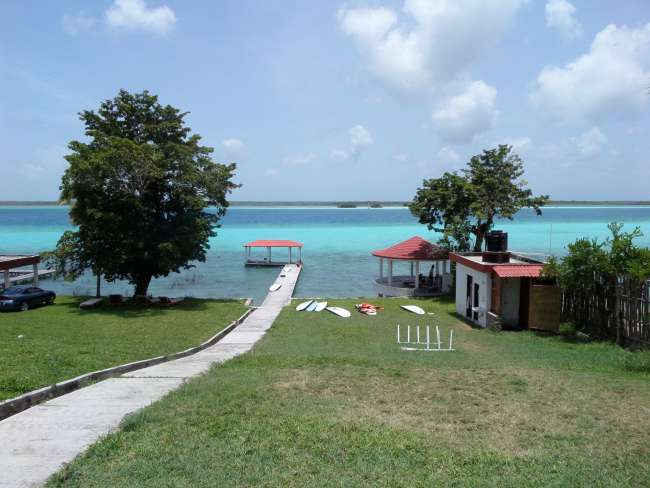
यात्रा रिपोर्टहरू बेलिज

